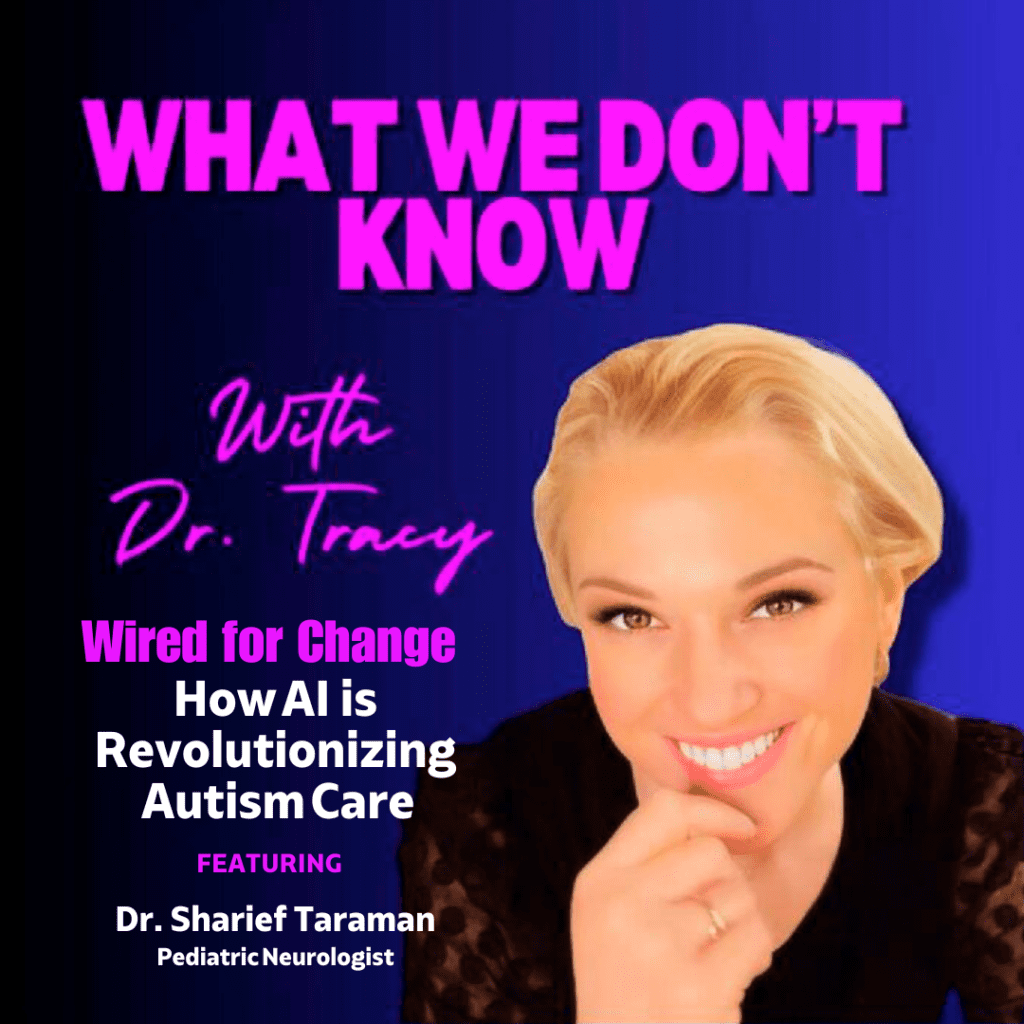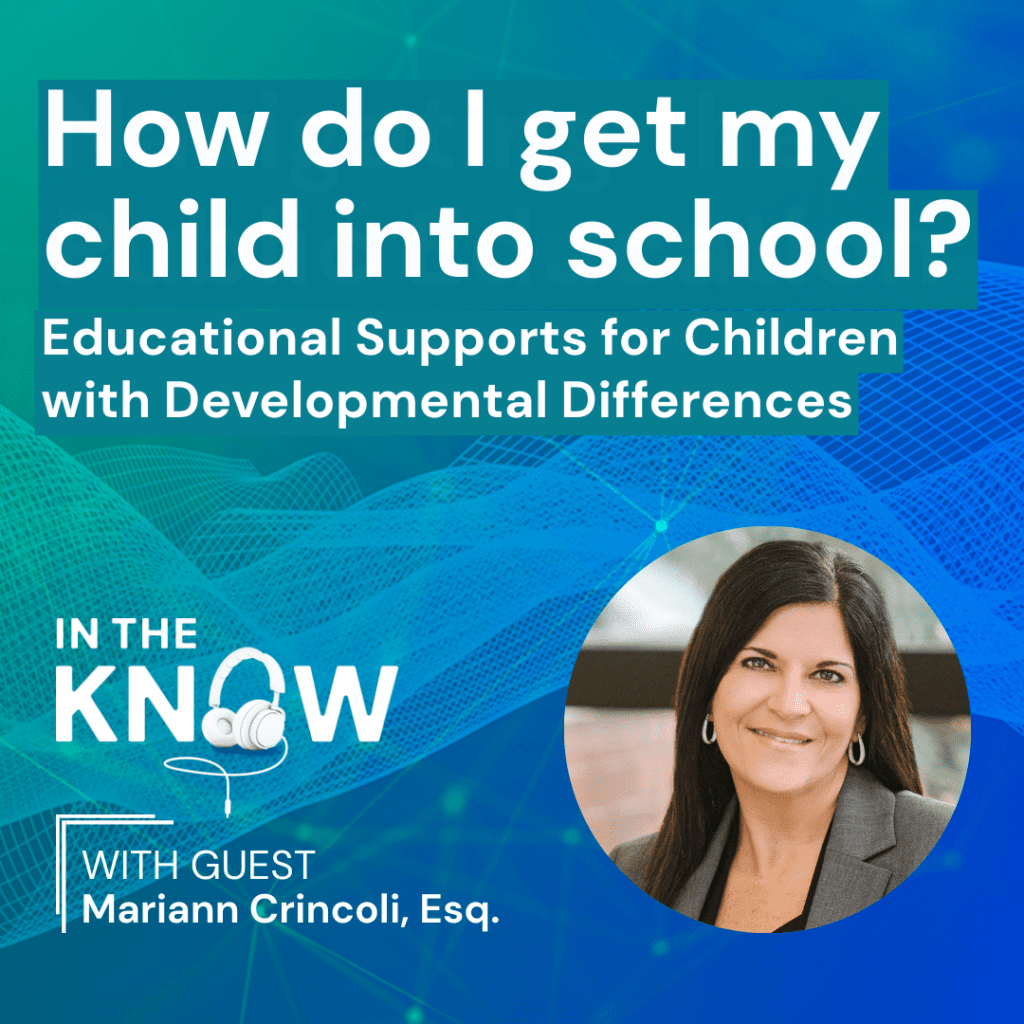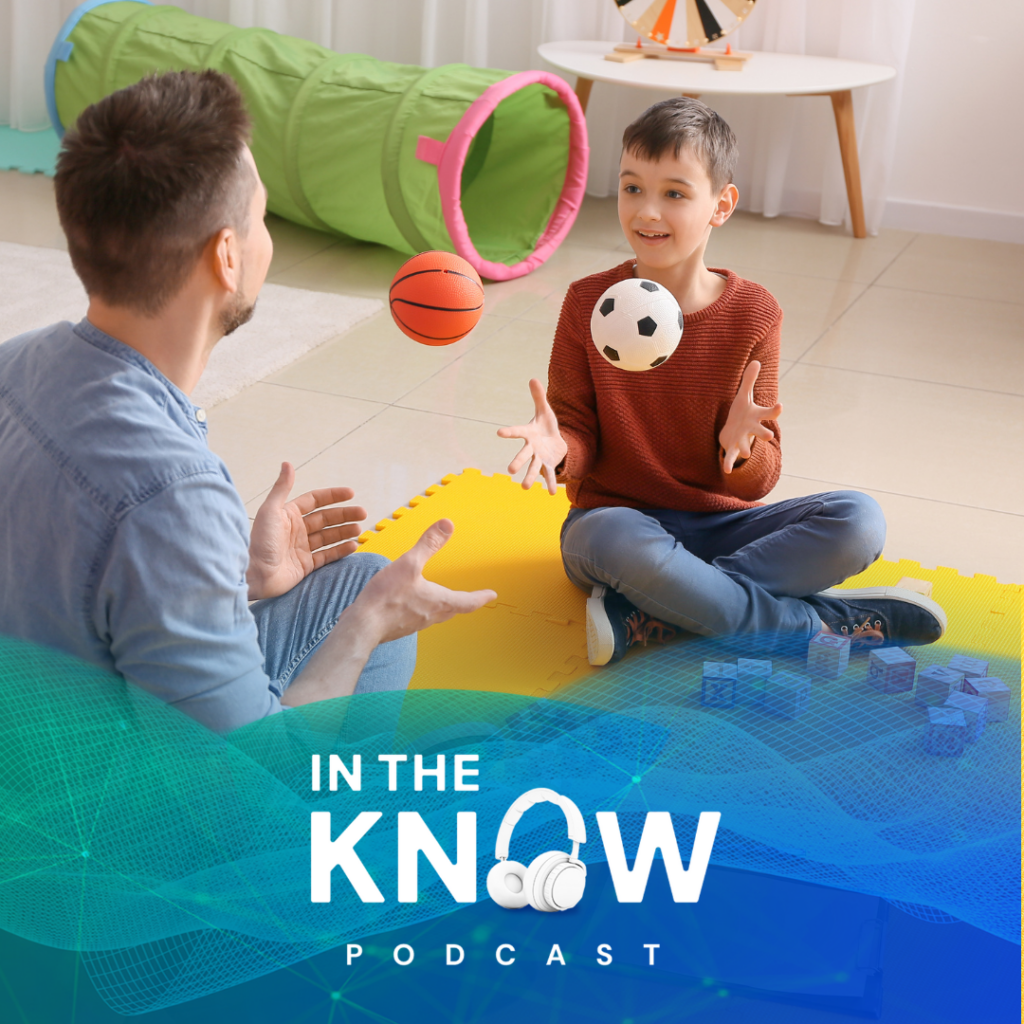Carly’s story:
“When my son Matty was just over a year old, we started noticing that he was a little different than some other kids at that age. He wasn’t moving around the house a lot—he would usually just sit close to us, wherever we sat him down. He would crawl a little, but didn’t try to pull himself up yet.
“He was also very quiet. We knew other families whose kids were saying their first words by now, but Matty would sometimes just look at us with those beautiful blue eyes, as if he was trying to understand what was going on. When he did want something, he would just cry out, making a screech that sounded more like a bird than like baby talk. We kind of laughed about it at first–‘Matty-bird wants something,’ we’d say. But it was really concerning.
“The pediatrician told us just to be patient. She said that Matty was just a ‘late bloomer,’ and reminded us that every kid develops at their own pace. But we worried that something else might be going on—that we had missed something along the way.”
In my work as a developmental pediatrician, I have heard dozens of stories like Carly’s and Matty’s. They are starting to notice signs that might mean developmental delay for their child, but they and their pediatrician or family doctor have taken a “wait and see” approach, hoping that the child’s development will catch up with their age sometime soon.
However, just waiting may be missing an important opportunity to make a life-changing intervention in your child’s life.
The importance of acting early
Your child’s brain grows most rapidly during his or her early years, particularly before 3 years of age. This is the time when any kind of intervention for developmental delay is going to be the most effective, when the brain is still in this formative stage.
Most parents of children with developmental delay, such as autism, start to have concerns just after the child is a year old. The average age for initial patient concern is 14 years of age, and clinical data has shown that when parents suspect their child has a developmental delay, they are right 90% of the time.
That is why if your child is showing any signs of developmental delay in their physical activity, their voice and speech, or their behavior, the time to act is now, during this window when the brain is still forming. If your primary care provider does not share the concern, it is worth it to press them to evaluate your child or seek a second opinion.
There is no time to wait to have an early intervention. It may change your child’s life.
Early Intervention (EI) can make lasting changes
Children with developmental delays may need help learning things like talking, listening, knowing how to play with other kids, or how to deal with stress and change. An Early Intervention program can provide speech therapy, physical therapy, and other services based on the child’s need.
Early intervention programs provide services and support to children with developmental delays and their families. You can call them if your child is 0-3 years old and you are concerned about your child’s development.
Early Intervention programs are available in every state and territory. The programs are publicly funded, so they offer services for free or at an affordable cost for eligible families.
These programs can significantly impact the child’s ability to function, to learn, and to interact with others—skills that will help them throughout their life.
You know your child better than anyone. If you see the signs of developmental delay, early intervention can give your child the tools and support they need to grow and be the best they can be.
Colleen Kraft is a primary care pediatrician and 2018 Past President, American Academy of Pediatrics.



